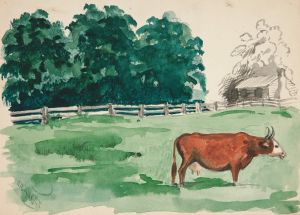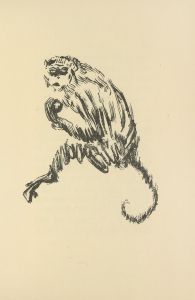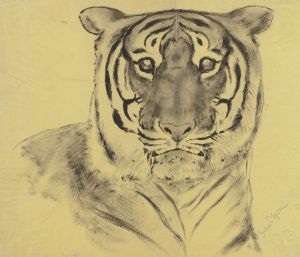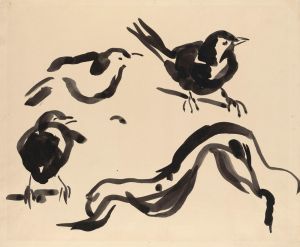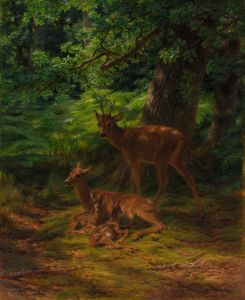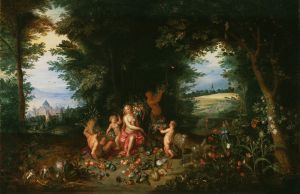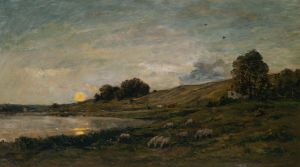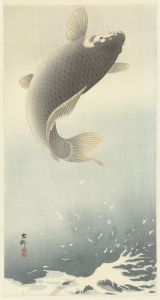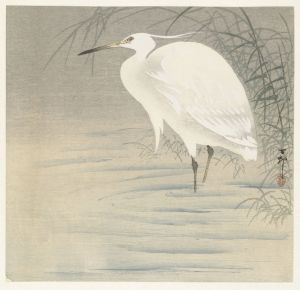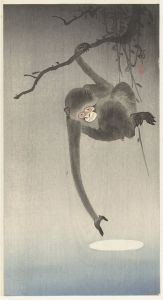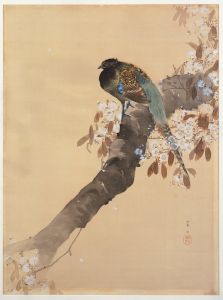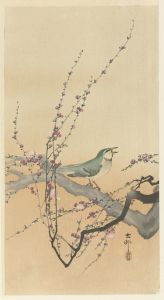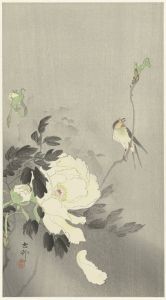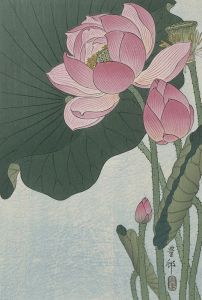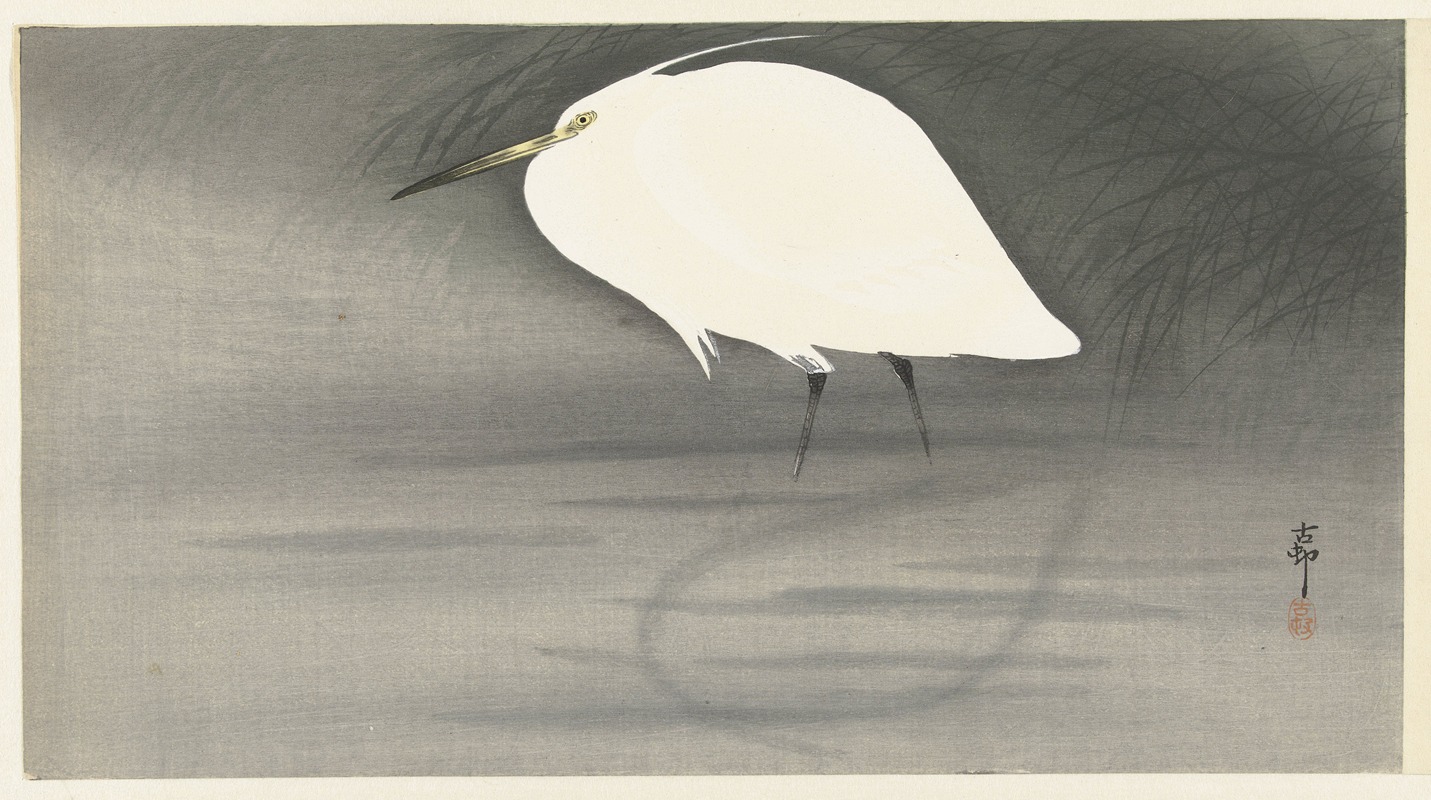
Egret.
A hand-painted replica of Ohara Koson’s masterpiece Egret., meticulously crafted by professional artists to capture the true essence of the original. Each piece is created with museum-quality canvas and rare mineral pigments, carefully painted by experienced artists with delicate brushstrokes and rich, layered colors to perfectly recreate the texture of the original artwork. Unlike machine-printed reproductions, this hand-painted version brings the painting to life, infused with the artist’s emotions and skill in every stroke. Whether for personal collection or home decoration, it instantly elevates the artistic atmosphere of any space.
Ohara Koson (1877–1945) was a prominent Japanese artist known for his exquisite woodblock prints, particularly those depicting birds and flowers, a genre known as kachō-e. One of his notable works is "Egret," which exemplifies his mastery in capturing the delicate beauty of nature through the traditional Japanese woodblock printing technique.
Koson was part of the shin-hanga (new prints) movement, which sought to revitalize traditional ukiyo-e art by incorporating Western elements such as perspective and shading while maintaining the quintessential Japanese aesthetic. This movement emerged in the early 20th century as a response to the declining popularity of ukiyo-e, aiming to appeal to both domestic and international audiences. Koson, along with other artists like Kawase Hasui and Yoshida Hiroshi, played a significant role in this artistic revival.
"Egret" is a testament to Koson's skill in rendering natural subjects with precision and elegance. The print typically features a solitary egret, a type of heron known for its graceful appearance and white plumage, set against a serene backdrop. Koson's attention to detail is evident in the meticulous depiction of the bird's feathers and the subtle gradations of color that convey the texture and lightness of the egret's form. The background often includes elements such as water or reeds, which are rendered with a simplicity that enhances the overall composition without detracting from the central subject.
Koson's work is characterized by its harmonious balance between realism and stylization. He employed a limited color palette, often using soft blues, greens, and whites, which contributed to the tranquil and contemplative mood of his prints. The use of negative space is also a notable feature, allowing the viewer's eye to focus on the subject while evoking a sense of calm and spaciousness.
The production of "Egret" involved a collaborative process typical of Japanese woodblock printing, where the artist, carver, printer, and publisher each played a crucial role. Koson would create the initial design, which was then carved into wood blocks by skilled artisans. The printer would apply ink to the blocks and press them onto paper, layer by layer, to achieve the final image. This meticulous process required precision and expertise, ensuring that each print maintained the quality and detail of the original design.
Koson's prints, including "Egret," gained popularity not only in Japan but also in the West, where they were appreciated for their aesthetic beauty and technical excellence. His works were often exported to Europe and America, where they contributed to the growing interest in Japanese art and influenced Western artists and collectors.
Today, Ohara Koson's prints are highly regarded and sought after by collectors and art enthusiasts worldwide. "Egret" remains a quintessential example of his ability to capture the serene beauty of nature through the medium of woodblock printing, reflecting both the traditional Japanese artistic heritage and the innovative spirit of the shin-hanga movement.





